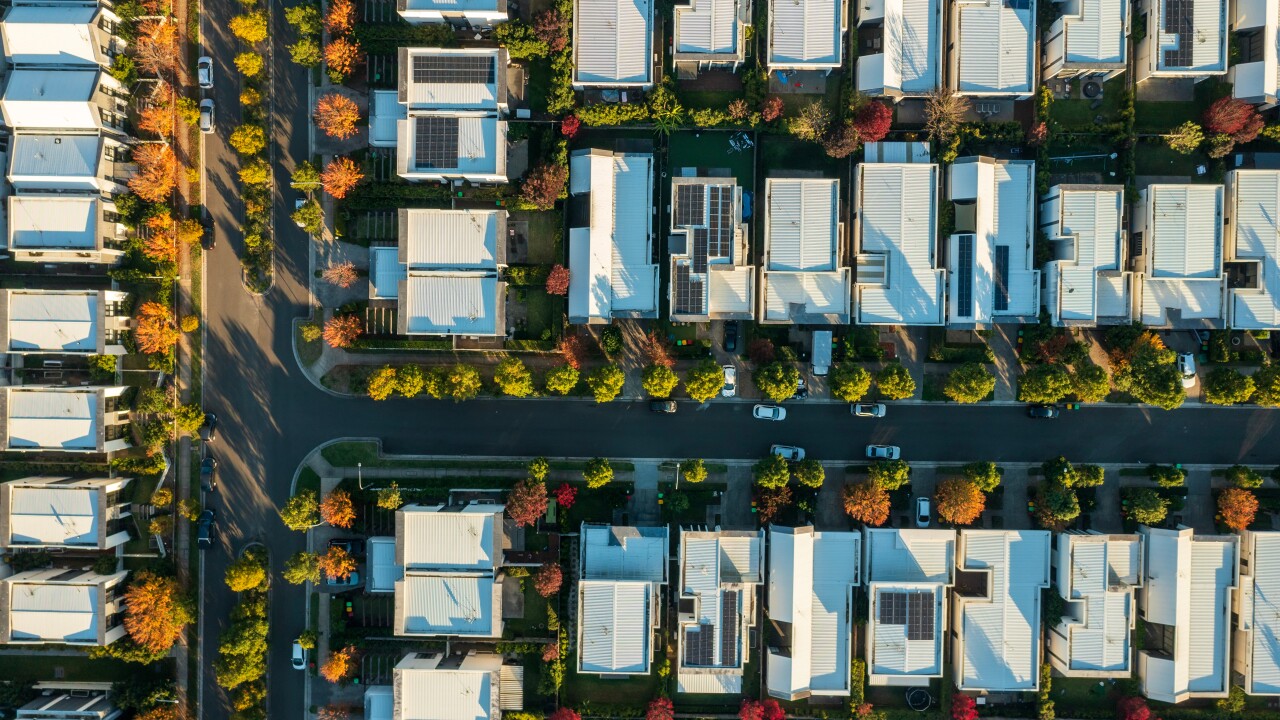The monthly volume of new securitized mortgages in the Ginnie Mae market rebounded a little in the latest numbers released by the Department of Housing and Urban Development.
Issuance during October inched up to $76.4 billion from $75.8 billion in September, but remains below the record high of $77.6 billion seen in August. October’s volume is up 27% from a year ago, when it was $60 billion.

The decrease from that August high may reflect in part a decline in Federal Housing Administration-insured volume, which tends to occur in a refinancing boom.
FHA borrowers, if eligible, tend to refinance into government-sponsored enterprise loans when rates fall because the mortgage insurance premiums on FHA loans are relatively expensive.
That means FHA volumes, which are a key contributor to Ginnie Mae issuance, could continue to fall as long as the refinancing boom continues, unless the FHA considers taking a step that could reverse that trend.
The FHA may consider such a step, according to Edward Golding, a former principal assistant secretary of housing at HUD during the Obama era, who is currently executive director at the MIT Sloan School of Management.
The volume of loans refinancing away from FHA due to the refi boom “will renew the issue of whether life-of-loan insurance — MIPs — are appropriate,” Golding said during a virtual event hosted by the Urban Institute last month.
FHA mortgage insurance premiums have not been competitive with those of the insurers that work with the GSEs. The premiums private MI companies charge borrowers are discontinued once the low down payment loans they insure build sufficient equity.
Whether the FHA does reconsider life-of-loan premiums may depend on loan performance and the health of its Mutual Mortgage Insurance fund.
Prior to the pandemic, a run of generally strong loan performance outside of the reverse mortgage market left the fund with relatively strong finances. That could encourage the FHA to consider a reduction in premiums.
But if officials are concerned that future deterioration in loan performance could drain reserves, they may not want to reduce premiums.
“HUD has more cash on hand than it has ever had, but the wild card in considerations related to whether they would cut premiums is what their projections say is going to happen,” said Brian Chappelle, partner at Potomac Partners.
Loan forbearance rates
The FHA is due to discuss its financial outlook when its annual actuarial report is released later this month.





